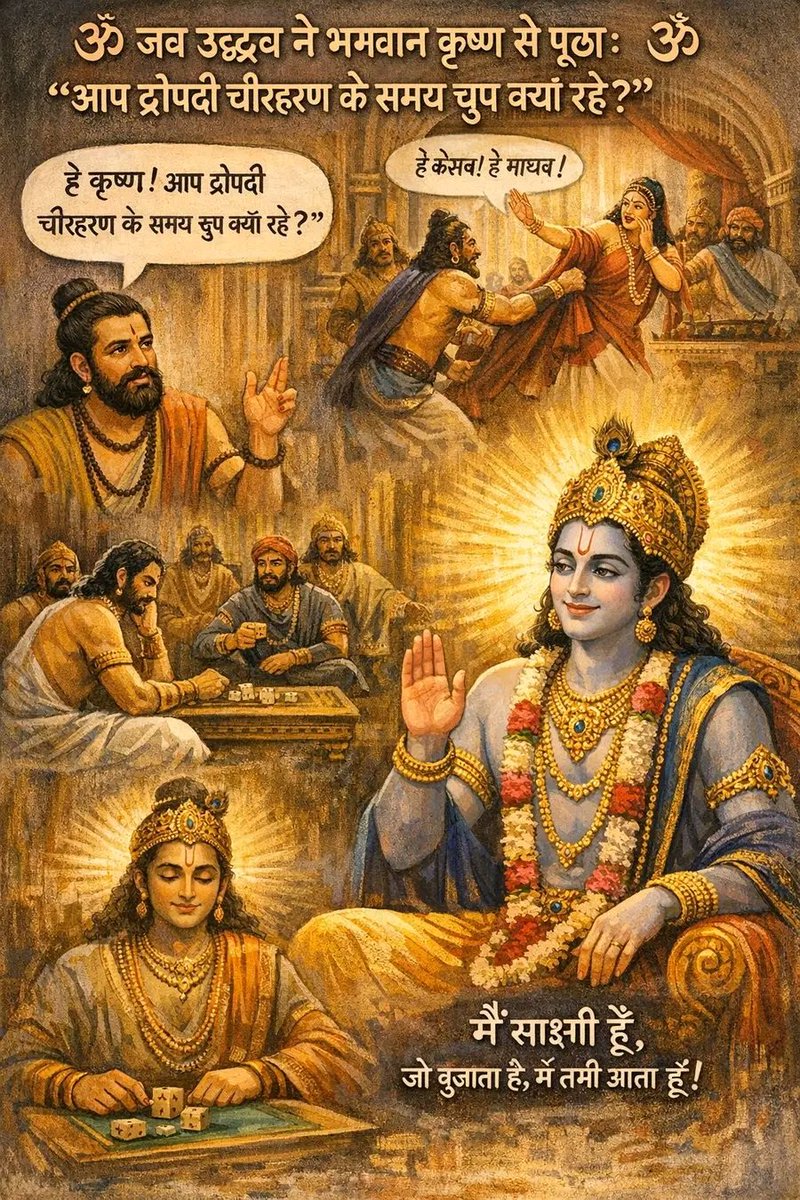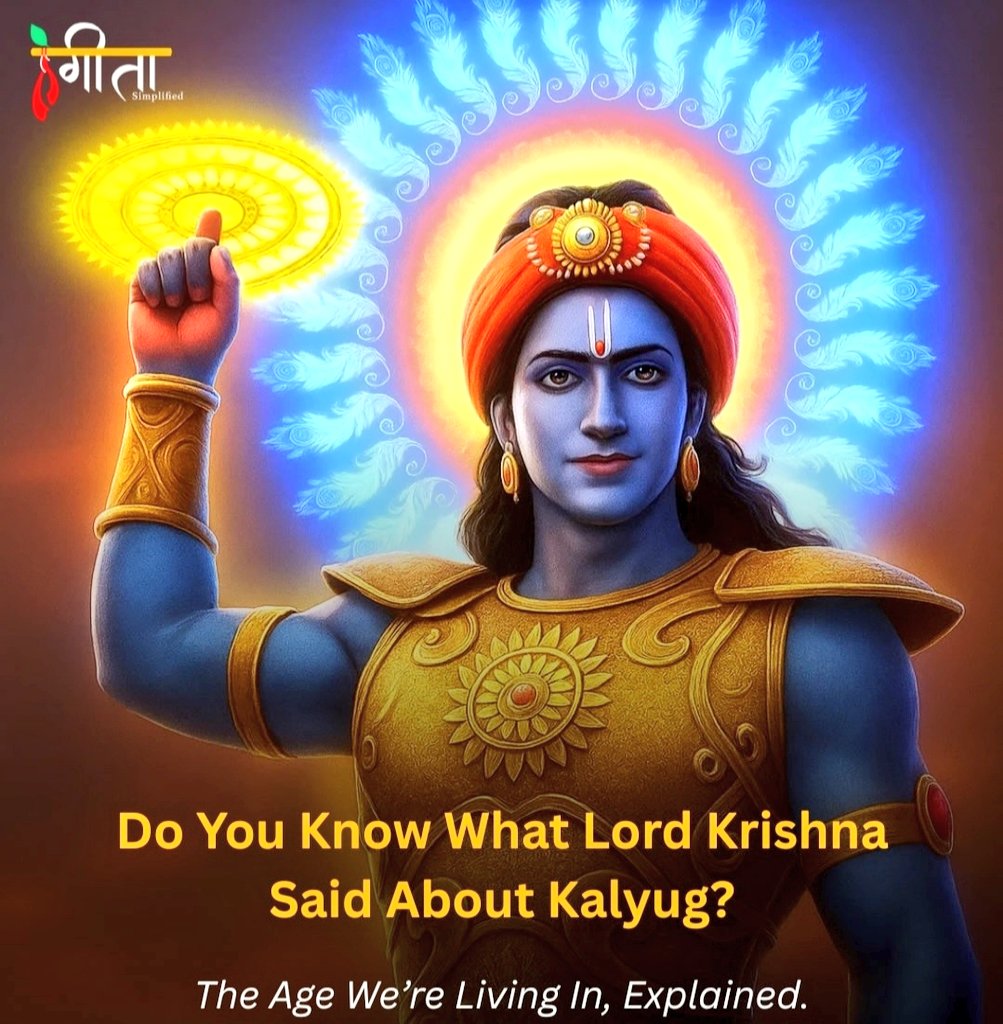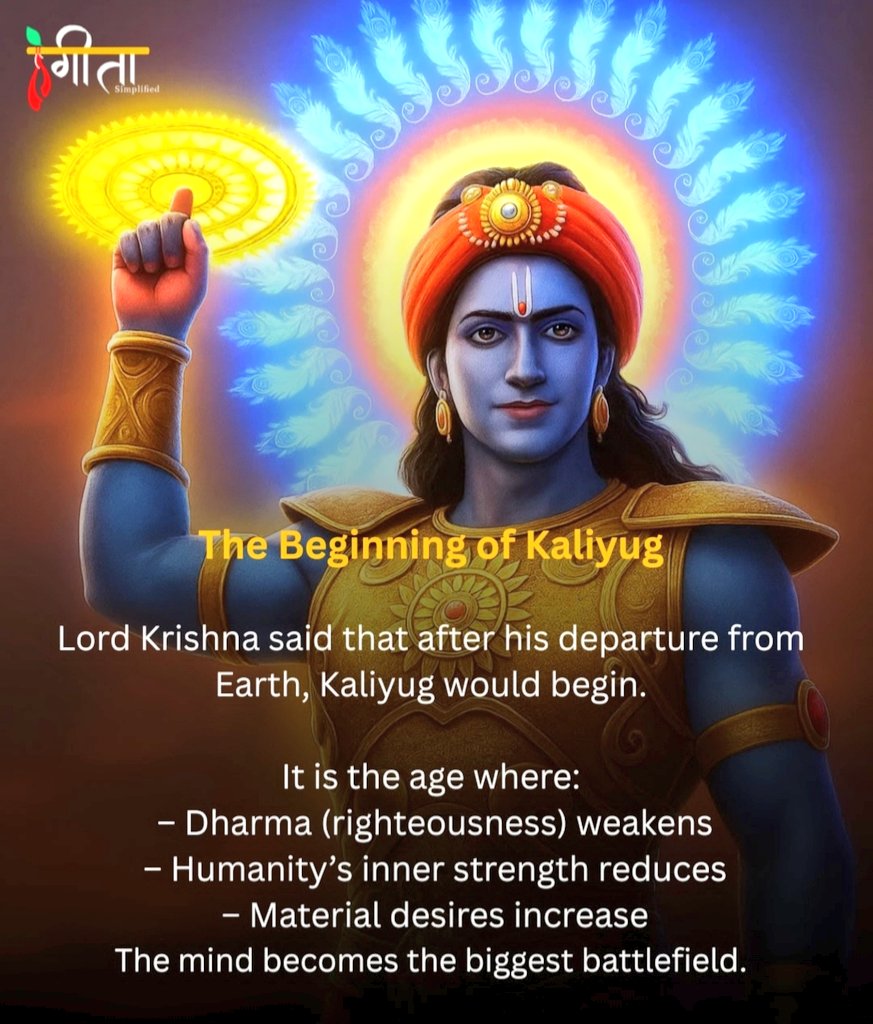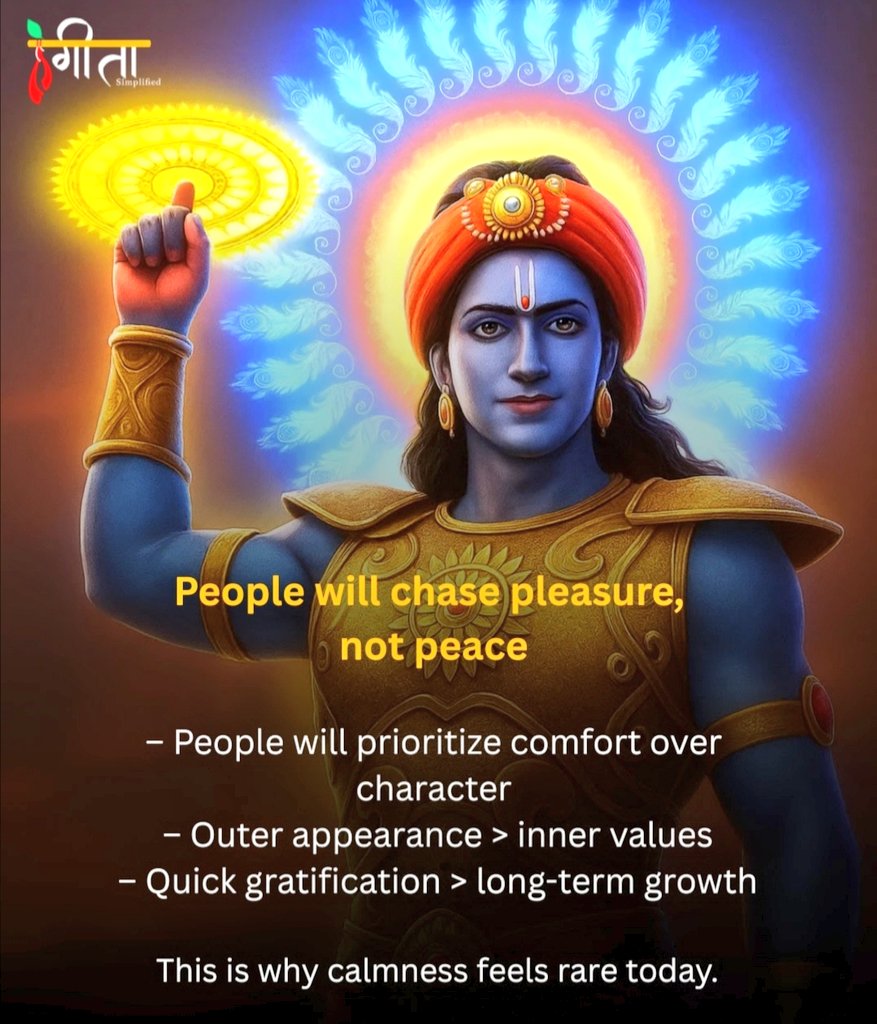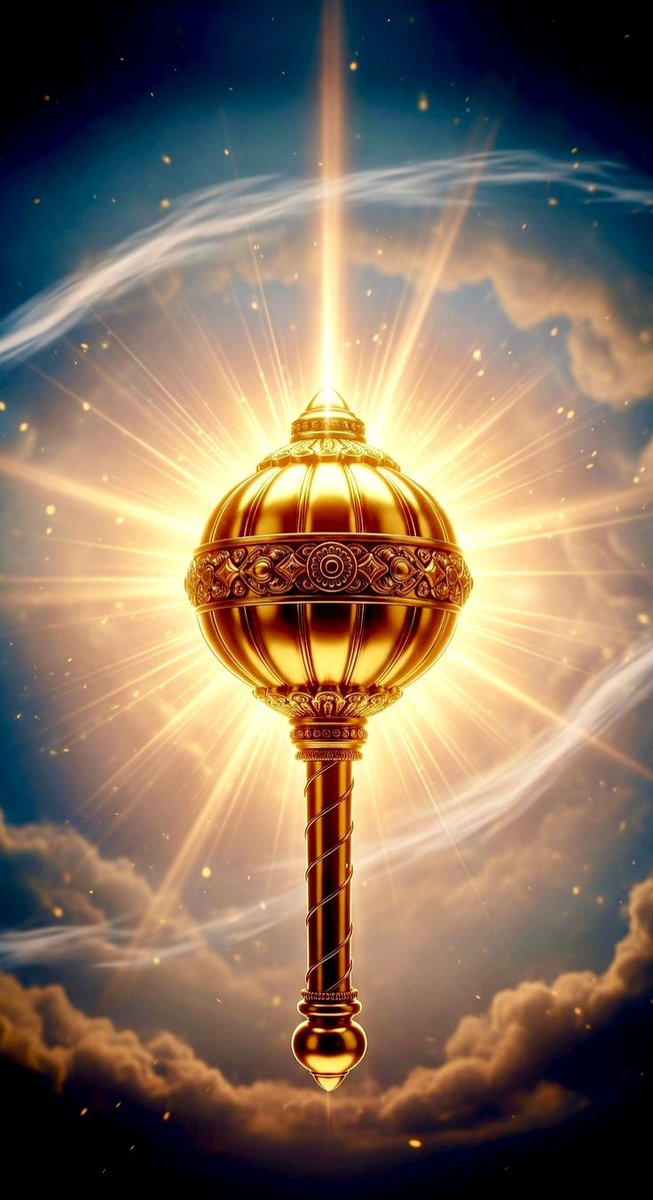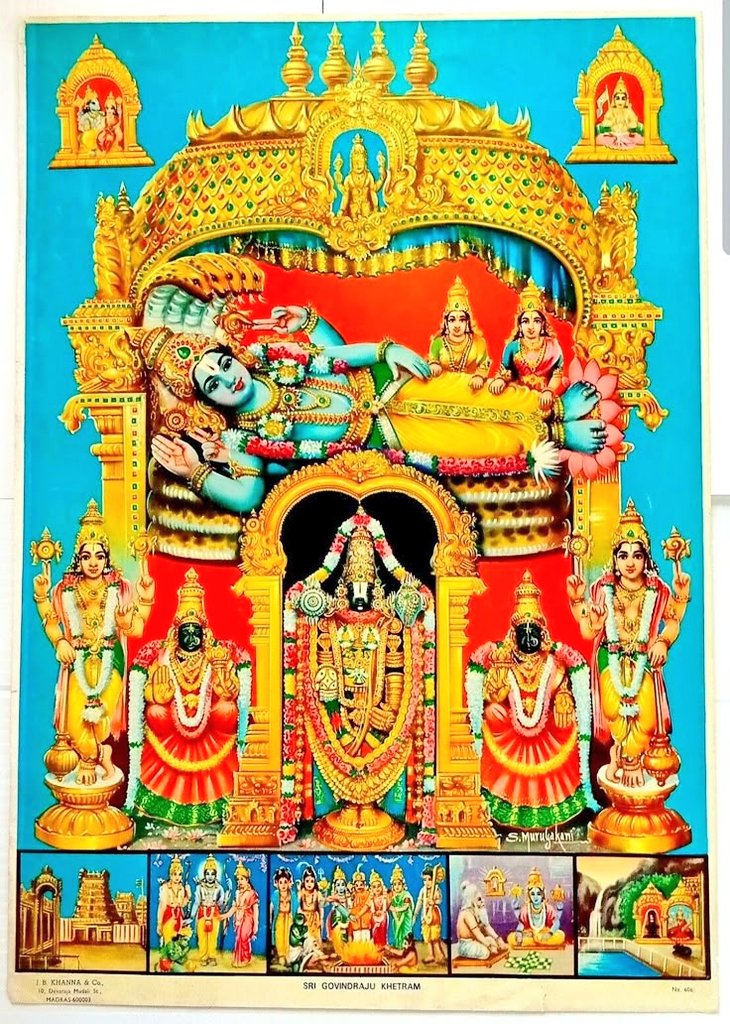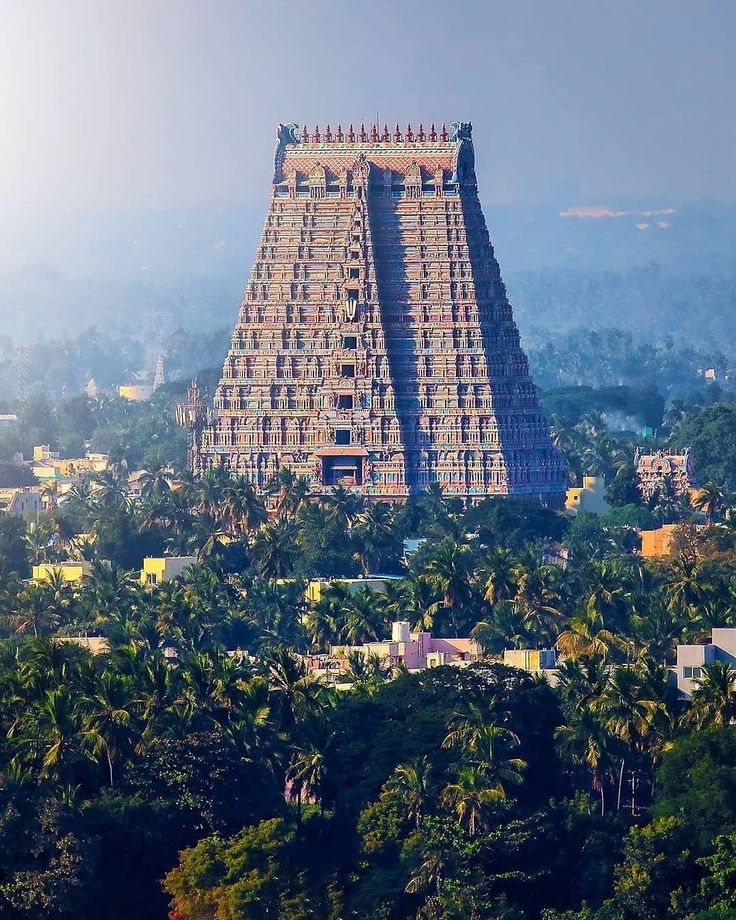🌺Varun is Hindu sea God.🌺
His vehicle is crocodile found in most of Africa south of Sahara, Madagascar,India,Sri Lanka, South East Asia over which the ancient Indians particularly from East and West Coastal regions dominated before the advent of Arabs and Europeans.

His vehicle is crocodile found in most of Africa south of Sahara, Madagascar,India,Sri Lanka, South East Asia over which the ancient Indians particularly from East and West Coastal regions dominated before the advent of Arabs and Europeans.


His weapon is Pasha ( rope loop) used to make wooden boats and ships , sails and anchors when the use of iron was not prevalent.
The terms like naav, kattumaran, navik, modern day navy and navigation, nakshatra , Navagraha and Nataraj with 360 degree axes, and...
The terms like naav, kattumaran, navik, modern day navy and navigation, nakshatra , Navagraha and Nataraj with 360 degree axes, and...

...Matsya Yantra ( primitive magnetic compass in oil filled vessel) speak volumes about ancient Indians’ skills and adventurism. Bhavishya Puran inclusive of Satya Narayan katha are full of stories of extraordinary travellers going from rags to riches and vice versa. 

He is guardian deity of west direction.The farthest temple dedicated to Varun(Jhulelal of Sindhis)is at Karachi now in disuse&dilapidated condition. In the east there is a beautiful rock formation in southern coast of Bali Indonesia dedicated to Varuna called as Tanah Lot temple 

It’s worth mentioning that the island derived its name after famous Ramayana character Bali , brother of Sugreeva who conquered it.
In Ramayana while constructing Ramsetu Rama had subdued into submission Varuna and his overlords guarding vantage sea shores and lanes,..
In Ramayana while constructing Ramsetu Rama had subdued into submission Varuna and his overlords guarding vantage sea shores and lanes,..

These temples and others at Somnath , Kanya Kumari , Konark, Rameshwaram , Mahabalipuram and Puri acted as present day light houses guiding the ancient mariners. 

• • •
Missing some Tweet in this thread? You can try to
force a refresh



